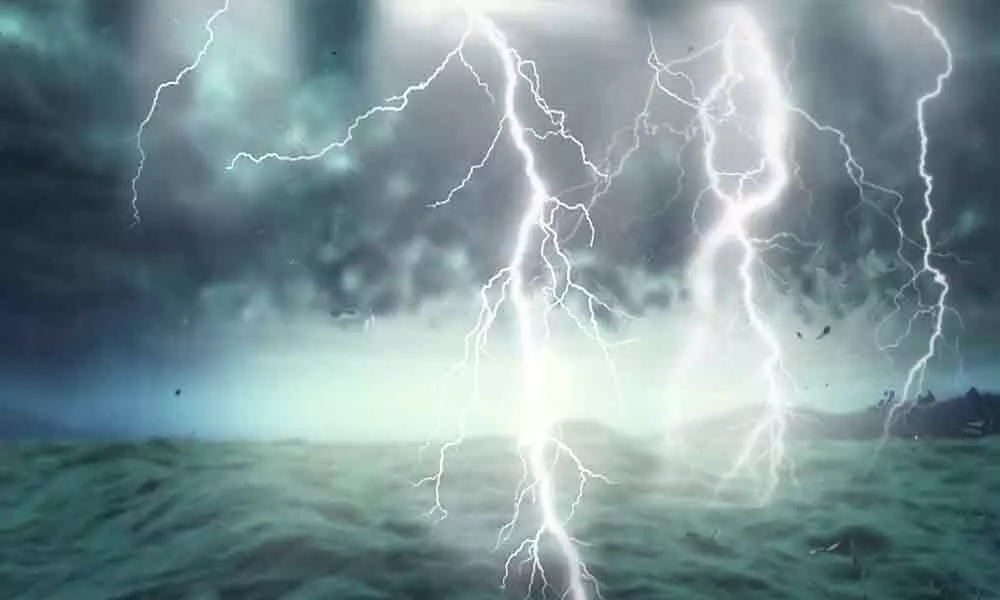Rain, Thunderstorms To Bring Respite From Heat Wave In North, Central India Today
 Representational Image
Representational ImageThe Indian Meteorological Department (IMD) has forecast a slight decrease in heat intensity from Thursday in North and Central India.
India: The Indian Meteorological Department (IMD) has forecast a slight decrease in heat intensity from Thursday in North and Central India. The news agency ANI quoted a senior scientist of the IMD as saying that heat intensity is likely to decrease from Thursday due to a western disturbance which is going to bring light rainfall over the western Himalayan region.
The IMD scientist also predicted that winds moving from the Bay of Bengal Will also result in spells of rainfall in North West and central India. In its bulletin on Thursday, the IMD stated that under the influence of a western disturbance and an east-west trough in lower levels and likely occurence of rain-thunderstorm from 28-30 May, maximum temperatures over plains of north India are likely to recede fom 28th onwards with substantial reduction of heatwave condition from 29th May.
The news would come as a major source of relief to people in north and north-west India as the entire region is reeling from a heatwave in the times of coronavirus crisis. The weather department predicts the maximum temperature over North-West, Central and West India will dip by 3-4 degrees Celsius during next two-three days, bringing welcome relief.
IMD has forecast the likelihood of isolated to scattered rainfall or thundershowers in North-West and Central India. The temperature in North and Central India have been soaring to as high as 47 degrees Celsius for the past few days.
Even as the COVID-19 situation shows no signs of abating, the heat wave continued through the last few days with sizzling temperatures in most parts of North and Central India. Added to this, was the invasion by locusts with huge infestations in Rajasthan, Madhya Pradesh, Uttar Pradesh, Gujarat and Maharashtra. The government has stepped up measures to control the locust nightmare and drones are being used to check the infestation. Locusts move in large swarms in the direction of the wind and can travel up to 150 KM per day.







